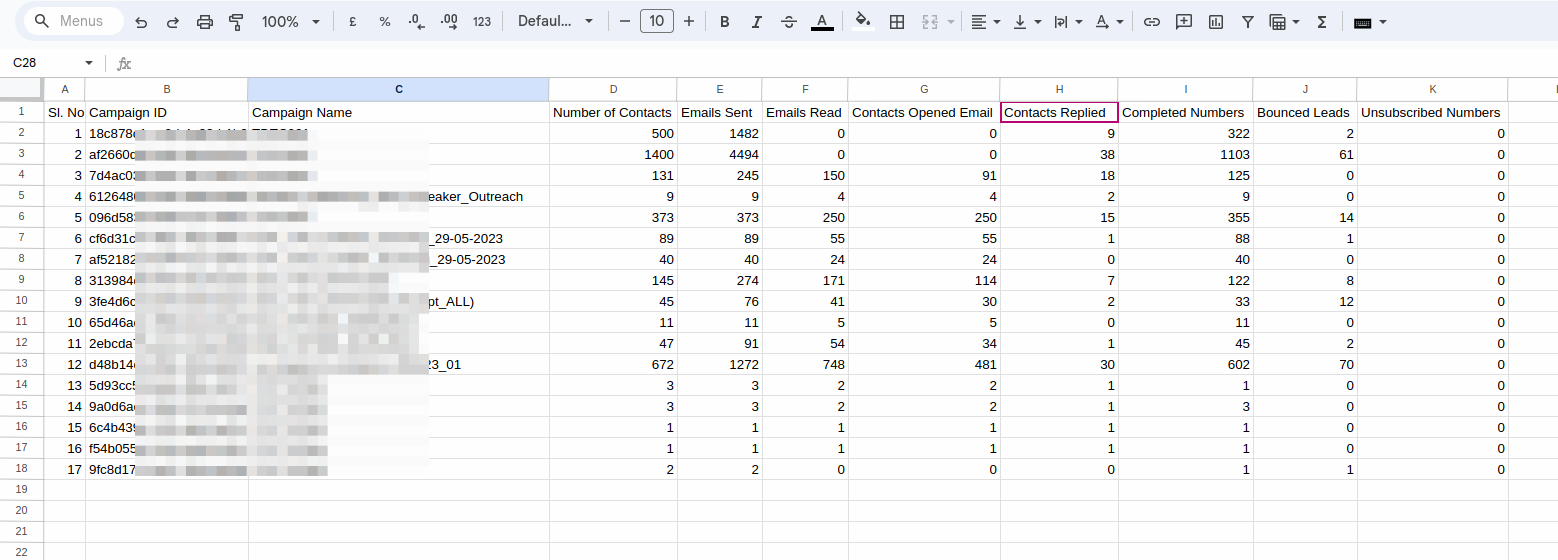What to Expect from Email Marketing in 2018 and Beyond
Trends come and go but as far as email marketing is concerned, those trends are more likely to catch on among inbound marketers for good reasons.
Majority of consumers still use email in their everyday interactions, and there are even contentions that people are spending more time on emails than social media.
In fact, some marketing experts predict that email is more likely to outlive Facebook and Twitter because unlike social channels, email algorithms are more tried and tested. This means there won’t be too many radical changes in email marketing in the coming years, but that’s not to say that email isn’t going to be as successful as other content marketing approaches when it comes to engaging audiences in the sales cycle.
As businesses set up their email strategy for 2018 and beyond, it would be wise for them to take time to study these trending ideas in email marketing:
-
Optimized email for mobile
More and more people, especially millennials, are relying a great deal on mobile to perform their online tasks including checking their email. Businesses will do good then to make their emails mobile friendly, both in design and content, so that it’s easy for end users to view email marketing content on the go.
An optimized email for mobile entails fast load time, short subject lines, easy-to-digest content, links that are spread far enough to avoid accidental clicking, and CTAs and other visual images that don’t get cut off from the screen.
-
Big data becoming even bigger
In terms of size and importance, big data will become even bigger in the sense that users expect companies to make better use of all the data they have collected from various contact channels.
In the field of email marketing, businesses have to devise ways that will enable them to use customer contextual data such as purchase history, search behaviors, location, and other real-time information to deliver their message and encourage customers to take action.
Some enterprises are already taking steps in this direction. By using location services from a third-party app in use with the user, a company may send an email into the user’s inbox inviting that person to drop by its store in nearby areas.
Businesses, however, need to make sure that they comply with legislation such as the Protection of Personal Information (POPI) Act and General Data Protection Regulation (GDPR) that aim to safeguard consumers from unlawful use of their data.
-
More customized experience for users
We all know how users detest blast email campaigns that spam our inbox with irrelevant content. What they appreciate are emails that present them with answers to their questions or solutions for their pain points.
One technology that’s being groomed to help businesses personalize communication with their audience is artificial intelligence (AI) or machine learning. There are already AI tools that are targeted for email marketing, which are programmed to:
- Increase open rates through enhanced subject lines
- Determine the best time to send emails to subscribers
- Create A/B versions of emails
- Segment lists of email subscribers based on their location
Outside of AI, customizing email content goes a notch higher with ultra-personalization techniques. These include omni- and cross-channel services where companies tailor the customers’ experience regardless of the type of interaction that’s taking place or which channel the interaction happens.
So each time marketers send out an email, they don’t only have to fill it with meaningful content but also need to ensure that their prospects will have the means to interact with the brand in whatever channel they choose.
-
Use of interactive elements
Toward the end of 2018, digital marketers envision that emails will have a more interactive design and function to help them boost engagement among customers and sales leads.
Here are some of the most clamored interactive features that email marketing specialists want to come to life:
- Countdown timers :
These counters will enable email recipients to see how much time is left so that they don’t miss out on a sale or a guaranteed seat at a highly anticipated course or seminar.
- Add-to-cart functionality or other integrated forms:
When customers don’t have to leave a domain or site to make a purchase or take a desired action, they’re more likely to proceed with the transaction.
- Polls, quizzes, and surveys:
These tools can give you more insights about your subscribers’ online marketing preferences so that you could use their answers to help you craft more effective emails.
- Countdown timers :
-
Video and other dynamic content
The use of video content deserves a spot on the list of best practices in email marketing because it can speak volumes about your brand or message by tapping into customers’ audio-visual senses.
Since videos and other animations can be helpful in improving click-through rates, a number of email management systems now support embedding of videos that may show how a product works or highlight its most innovative feature, especially in such fields as augmented reality or virtual reality, smart home product development, or wearable technology.
Using images with a play button is also a neat way to link emails to the company website where customers can play the video, helping businesses integrate their email content marketing with other channels as well.
Email is a great marketing tool for companies because it’s widely used by anyone who has access to it, not to mention the existence of technology, which makes it easy to reshape its form and function according to what the market needs.
By staying on top of the most popular trends in email marketing, businesses can better prepare for their future strategy that can generate more b2b sales leads . The key is to make emails highly personal, valuable, and interactive for users, so they’ll have a pleasant experience interacting with brands and be encouraged to stay connected with them.



